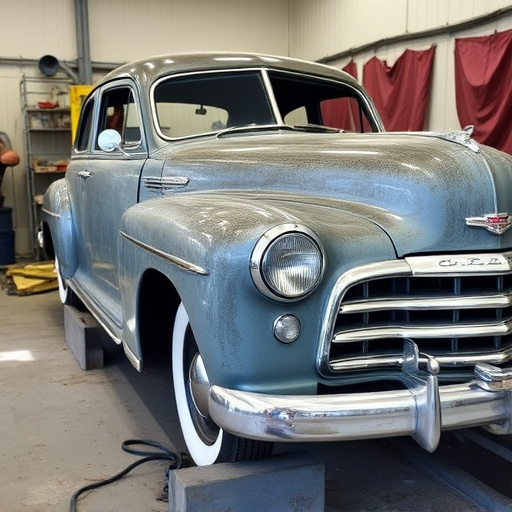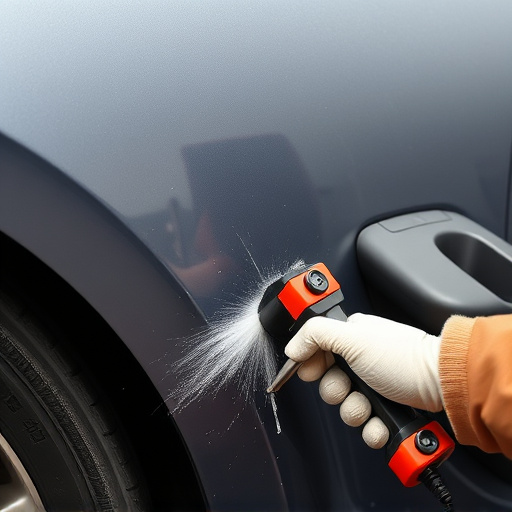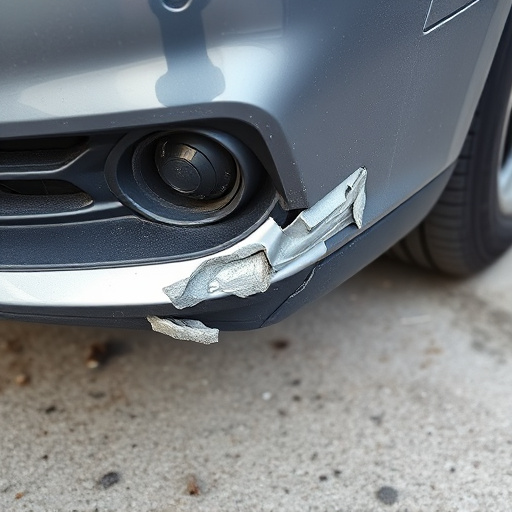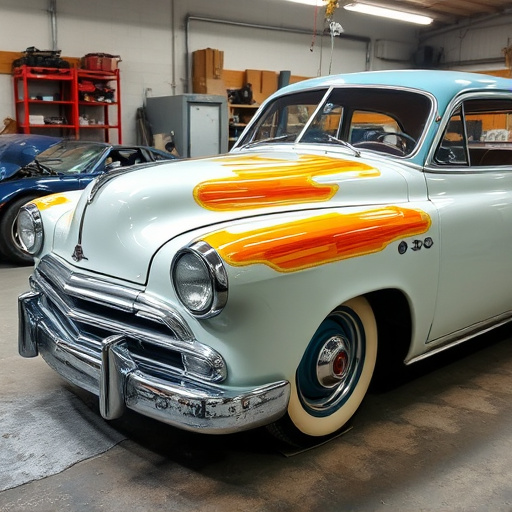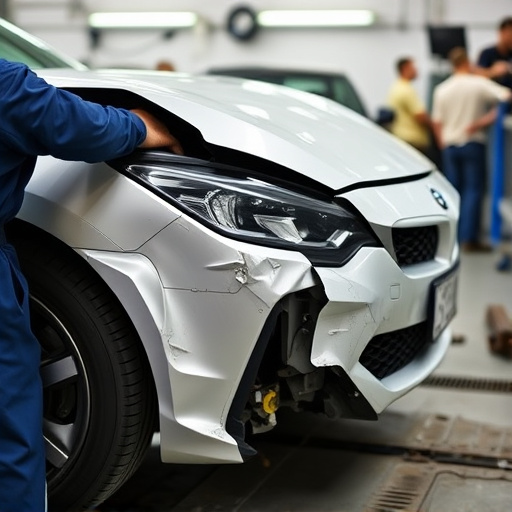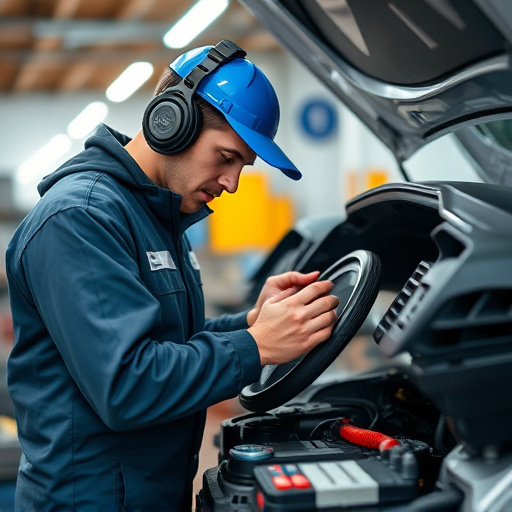Advanced welding equipment offers significant upgrades with computer-aided control, multi-process capabilities, and precise heat input control, enhancing versatility, speed, and efficiency for professional workshops like auto repair shops. Its superior precision, consistency, and safety features cater to complex tasks, minimizing errors and waste in industries where quality and speed are crucial.
In the realm of welding, where precision meets strength, the distinction between basic tools and advanced equipment is paramount. This article explores what truly sets apart advanced welding equipment, delving into its unique features and benefits. From understanding the limitations of fundamental tools to uncovering the enhanced precision and efficiency of their modern counterparts, we uncover why investing in advanced welding equipment can revolutionize your workflow.
- Understanding Basic Welding Tools and Their Limitations
- Features Defining Advanced Welding Equipment
- Enhancing Precision and Efficiency: Key Differences
Understanding Basic Welding Tools and Their Limitations

Welding tools are the backbone of any metal fabrication or repair process, and while basic welding equipment gets the job done for simple projects, it lacks the precision and capabilities of its more advanced counterparts. These fundamental tools include conventional welders, typically powered by electricity or gas, which are suitable for home enthusiasts or small-scale projects. However, their limitations become apparent when tackling complex tasks. For instance, they often struggle with precise control over heat input, resulting in inconsistent welds and potential material damage.
The distinction between basic tools and advanced welding equipment lies in their versatility, speed, and overall efficiency. Advanced systems are designed to cater to the demands of professional workshops and heavy industries, offering features such as computer-aided control, multi-process capabilities, and automated settings. Unlike a standard welder, these modern devices can handle diverse materials, from thin sheets to thick structural steel, ensuring consistent quality across various projects—something that’s crucial for businesses like an auto repair near me or a collision repair center where precision auto maintenance is paramount.
Features Defining Advanced Welding Equipment

Advanced welding equipment is characterized by a host of features that set it apart from basic tools, making it indispensable in professional settings like car body restoration and vehicle collision repair. These machines often incorporate sophisticated technologies such as computer-aided design (CAD) and advanced material feed systems, ensuring precision and consistency in every weld. The use of robotics and automated processes allows for faster welding times without compromising quality, a significant advantage in high-volume production environments or during complex Mercedes Benz repair tasks.
Moreover, advanced equipment typically offers greater control over the welding process, with adjustable settings that cater to various metal types, thicknesses, and joint configurations. This versatility is crucial in scenarios like vehicle collision repair, where different car models and materials demand precise welding techniques. Safety features, including enhanced user protection and automated safety protocols, are also standard in modern advanced welding equipment, making it a safer choice for both professional welders and DIY enthusiasts working on projects like car body restoration.
Enhancing Precision and Efficiency: Key Differences

Advanced welding equipment sets itself apart from basic tools through its superior precision and efficiency. While standard welders offer fundamental functionality, advanced machines incorporate sophisticated features like automated settings, computer-aided control, and precise temperature regulation. These innovations allow for more consistent, accurate results, minimizing errors and waste—crucial factors in industries like auto body shop and fleet repair services where quality and speed are paramount.
The benefits extend beyond the weld itself. Advanced equipment often includes ergonomic designs, reducing physical strain on operators, which is particularly important in the demanding environment of auto body services. Additionally, many modern welders offer digital readouts and data logging capabilities, enabling technicians to track performance, troubleshoot issues more effectively, and ultimately, elevate the quality of their work.
Advanced welding equipment stands out from basic tools with its enhanced precision, efficiency, and innovative features. By understanding the limitations of conventional gear, we can truly appreciate the transformative power of modern technology in the welding realm. Investing in these advanced systems offers not just improved outcomes but also opens up new possibilities for professionals, ensuring they remain at the forefront of their craft.



